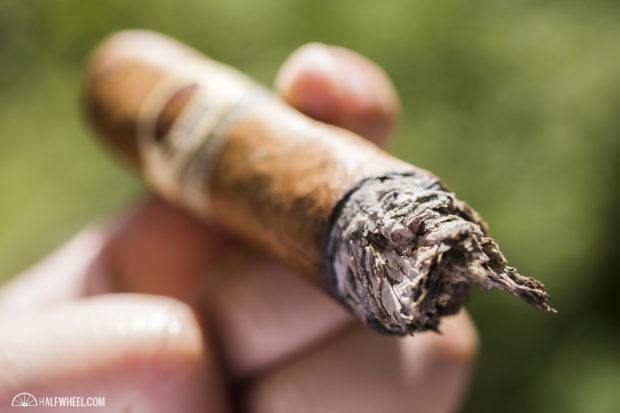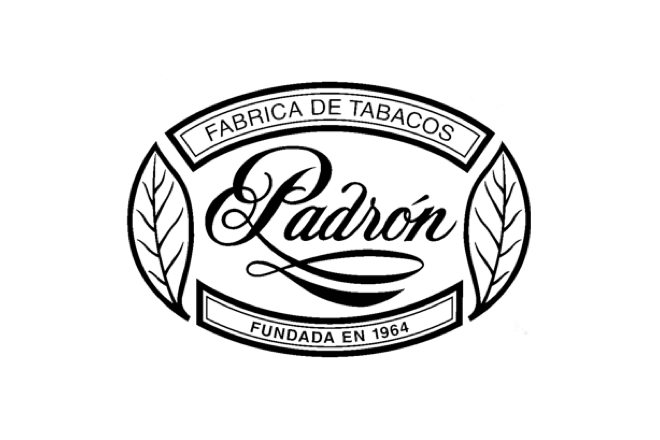It’s been barely a week since I reviewed a TAA exclusive, so rather than attempting to rewrite something I’ve described dozens of times before, here’s my latest description of the TAA and its exclusive cigars.
Over the last handful of years, the Tobacconists’ Association of America (TAA) has become a more common name to many cigar consumers after long being a retail group known almost only to those employed in the cigar industry,
The TAA is a group of about 80 retailers from all across the U.S. who come together once per year—usually in the Dominican Republic or Mexico—to meet about issues facing the cigar industry, socialize and participate in a trade show with select manufacturers. In recent years, many of those manufacturers have begun to not only participate in the trade show, but also make exclusive cigars for the members of the organization.
When it comes to manufacturers who produce exclusive cigars for TAA, Padrón is perhaps the most unique.
For many years, before most other manufacturers began to create new TAA exclusives, Padrón offered TAA retailers a 1964 measuring 5 x 54, oddly called Toro, with the boxes containing the name of the store they were sent to. A few years ago, after new manufacturers began to create other cigars for the TAA, Padrón began to create new yearly releases in both the 1926 and 1964 lines.
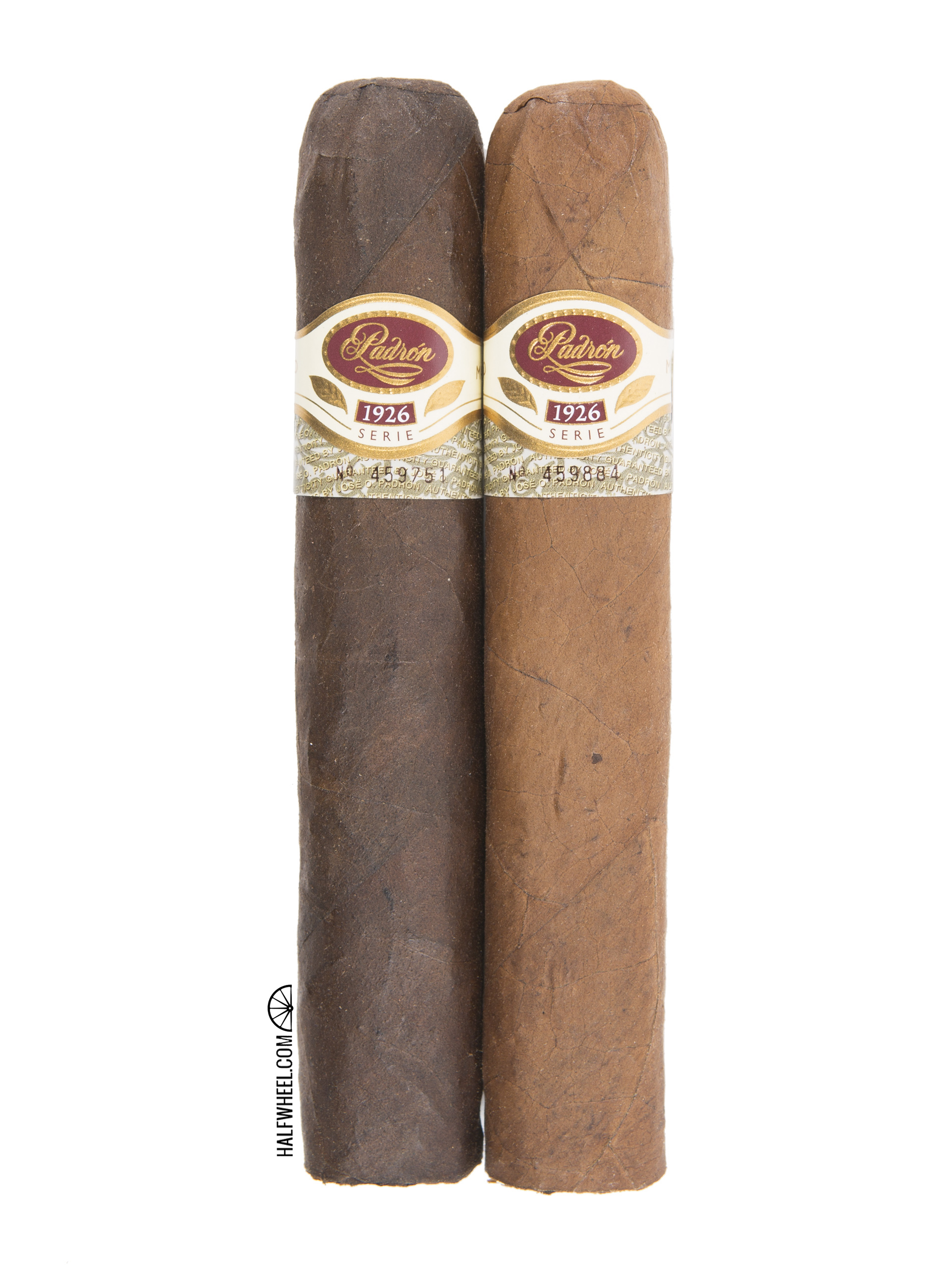
This year, the company created the 1926 No. 48, honoring the organization’s 48th anniversary, a massive 5 1/2 x 60 size. It’s offered in both Maduro and Natural varietals priced at $20 per cigar.
A total of 10 manufacturers have created 16 new releases this year for the TAA.
- CLE Azabache 5 x 50 (5 x 50) — 320 Boxes of 25 (8,000 Total Cigars)
- CLE Azabache 6 x 54 (6 x 54) — 320 Boxes of 25 (8,000 Total Cigars)
- CLE Azabache 6 x 60 (6 x 60) — 320 Boxes of 25 (8,000 Total Cigars)
- Crowned Heads — The Angel’s Anvil 2016 (5 1/2 x 54) — 1,000 Boxes of 20 Cigars (20,000 Total Cigars)
- Drew Estate — Herrera Estelí TAA 2016 (6 x 52) — n/a
- La Flor Dominicana TAA 48 (6 x 54) — n/a
- La Flor Dominicana TAA 48 Celebration (6 x 54) — n/a
- La Palina’s Bill Blend (6 x 50) — 1,000 Boxes of 20 Cigars (20,000 Total Cigars)
- My Father El Centurion H-2K-CT (6 1/2 x 52) — 1,400 Boxes of 20 Cigars (28,000 Total Cigars)
- Nat Sherman Panamericana Belicoso Fino (5 1/2 x 52) — n/a
- Nat Sherman Panamericana Gordo (6 x 60) — n/a
- Nat Sherman Panamericana Robustico (4 x 54) — n/a
- Padrón 1926 Serie No. 48 Maduro (5 1/2 x 60) — n/a
- Padrón 1926 Serie No. 48 Natural (5 1/2 x 60) — n/a
- Quesada Reserva Privada Robusto (4 3/4 x 52) — 1,400 Boxes of 10 Cigars (14,000 Total Cigars)
- Tatuaje TAA 2016 (6 1/4 x 50) — 4,000 Boxes of 20 Cigars (80,000 Total Cigars)
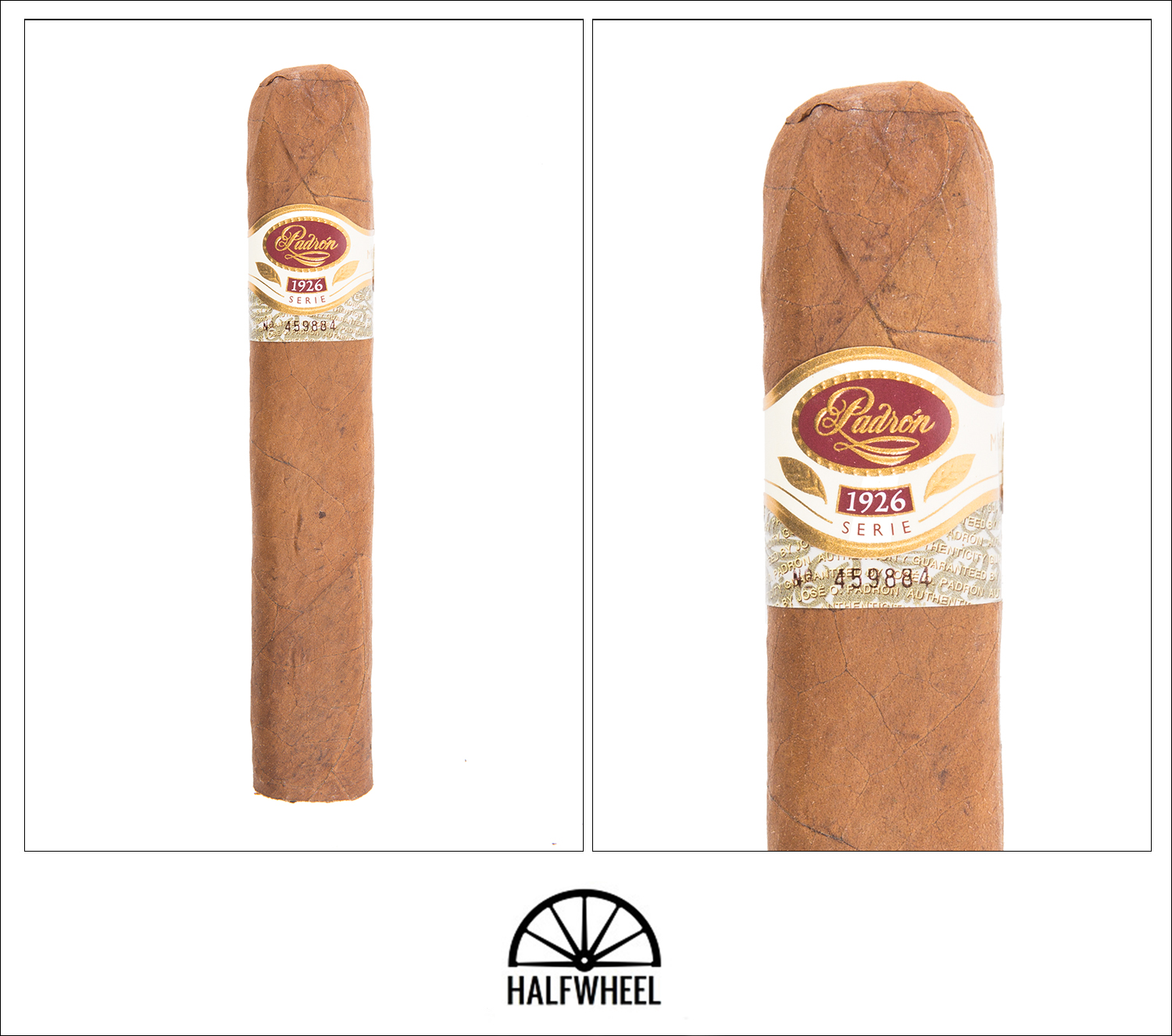
- Cigar Reviewed: Padrón 1926 Serie No. 48 Natural
- Country of Origin: Nicaragua
- Factory: Tabacos Cubanica S.A.
- Wrapper: Nicaragua
- Binder: Nicaragua
- Filler: Nicaragua
- Length: 5 1/2 Inches
- Ring Gauge: 60
- Vitola: Robusto Gordo
- MSRP: $20 (Boxes of 10, $200)
- Release Date: May 4, 2016
- Number of Cigars Released: n/a
- Number of Cigars Smoked For Review: 3
Under studio lighting, the wrapper of the Natural version seems much lighter than it actually is. There is certainly a noticeable difference between the two wrapper colors, but it’s not as stark as the pictures above suggest. As for the aroma, it smells of some manure, mineral oil and some mild sweetness. The foot reminds me of a gelato shop with sweet chocolate flavors and a jalapeño-like burning sensation. The cold draw is similar with the chocolate gelato now joined by some earthiness and some berries. It’s at this point of the review process that I wonder why I am smoking a cigar this large.
The Padrón 1926 No. 48 begins with me wondering if I cut the cigar too much; I didn’t, but the lack of resistance on the draw has me concerned. Flavor-wise, it’s dry and salty with some earthiness, potato chips and Himalayan salt along with some super tart lemonade on the tip of my tongue. The flavor is full and compact with a peanut core, earthiness and some charcoal. There’s a mild spice blend through the nose, more of a sensation than a flavor, along with some dry pepper skin and raspberry on the tongue. I pick up some minerals and even more dryness on the finish. There are certainly areas of improvement for the flavor, but that’s a secondary concern. The draw is wide open and eventually tunneling ensues. While one sample avoids the tunneling, all three are plagued by a problematic draw.
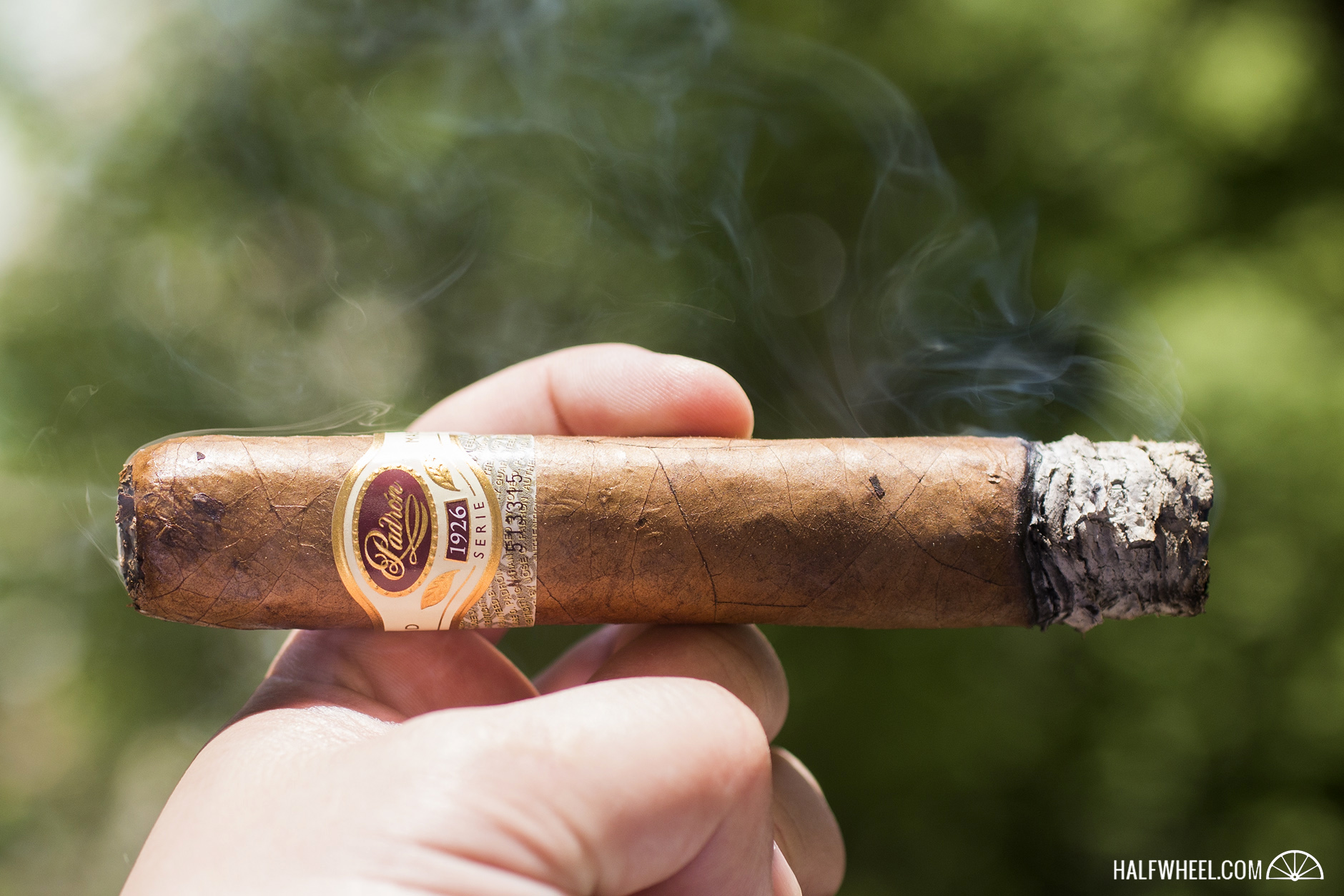
I average two-three relights before hitting the middle portion of the Padrón TAA, which isn’t too bad if you consider it takes more than two hours to get there. The flavor is similar to the early third, the spice has been replaced by pepper, a sweet bubble gum adds itself on the finish of the retrohale. Otherwise, it’s dry with earthiness and peanut fighting to dominate the profile. The draw is no better, the burn is not really better and the smoke production is only about average. Flavor is still very much full, while the body and strength are medium-full. That being said, given the amount of time and the size of the cigar, the nicotine is beginning to have some noticeable effects.
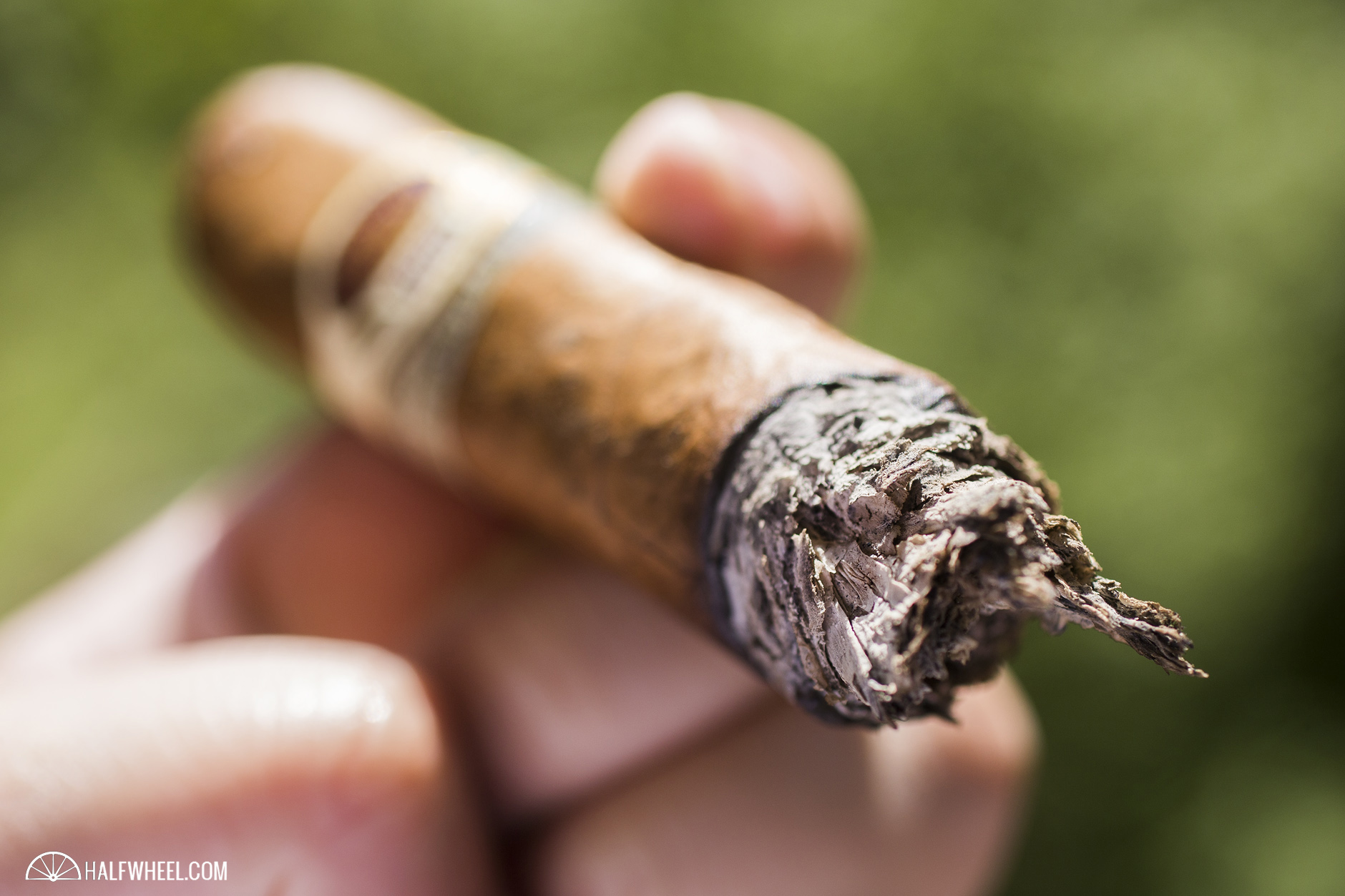
At two hours and 45 minutes, I begin what I would consider the final third of the Padrón 48. The flavor is still very much a mixture of earth and peanuts with some minor amounts of pepper behind it and a dry mustard added towards the back of the mouth. Occasionally, puffs deliver extreme amounts of bitterness, but overall, it’s pleasant flavor-wise. The finish feels like I’ve just finished eating a bowl of mixed nuts, specifically walnuts, peanuts and cashews. Unfortunately, my issues with the construction remain and after three hours and 15 minutes, I decide that I’ve experienced enough.
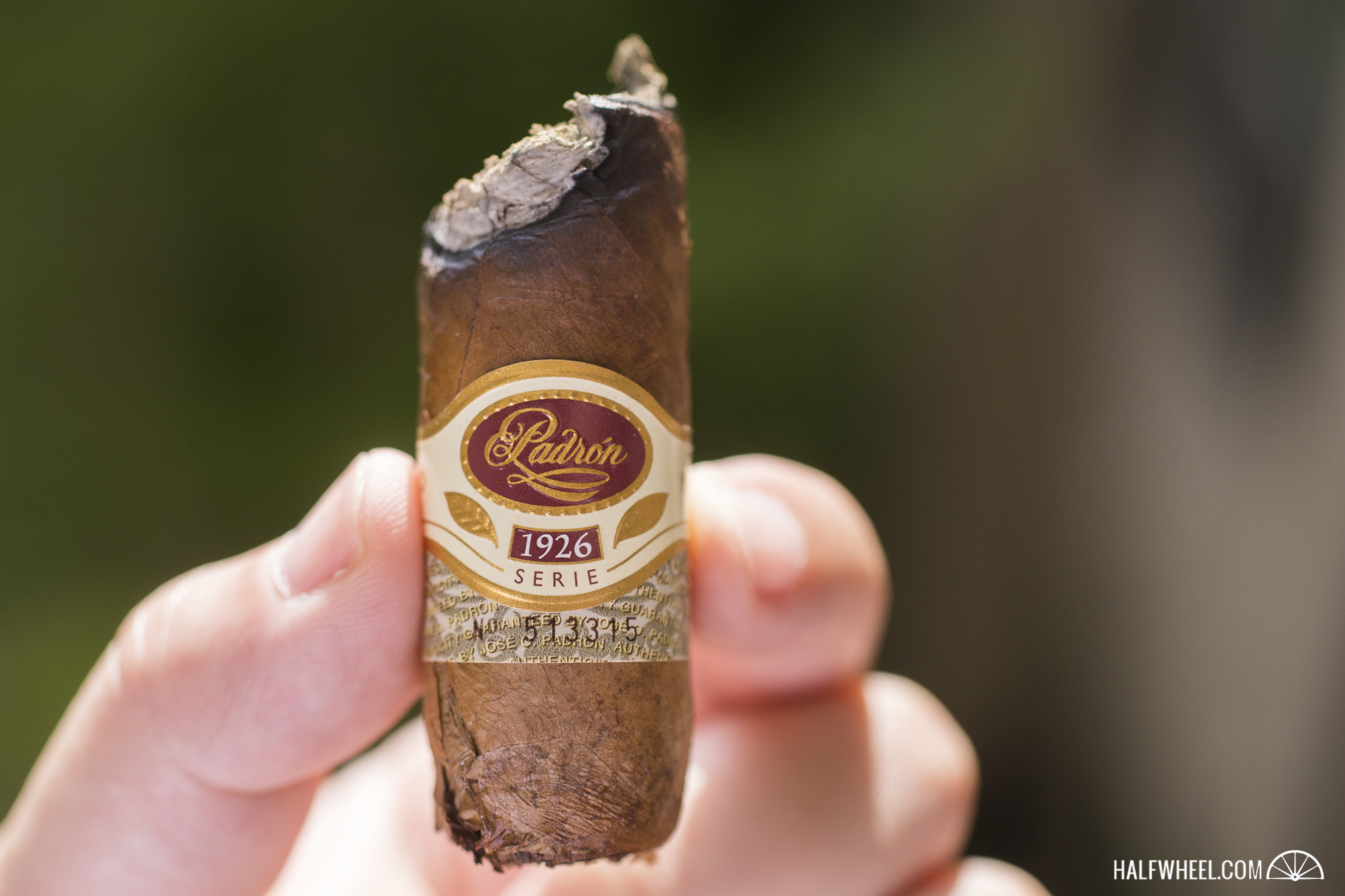
Final Notes
- Since adopting a scoring system that deducts for constructions issues in each third, I’ve been waiting for a cigar that tasted fine, but struggled construction-wise, to have its score completely annihilated by consistent burn and draw issues. It hadn’t happened in 18 months, but that day has finally come. Regularly, we fill out score sheets for cigars that have one of three samples experience consistent construction issues, but normally the other two cigars are better and help average it out. This was not the case here and the score below reflects it.
- This is also the first time I’ve not been comfortable with how a cigar scored, but that was honestly part of the change we made to how we score cigars. The vast majority of premium cigars today do not struggle with consistent construction issues, let alone both draw and burn issues. The score below was certainly not what I would have initially guessed it to be, but that’s why we have a process.
- For those wondering, the construction issues cost this Padrón at least 10 points from what we normally experience.
- There have been some over the years who have remarked that we take pleasure in giving out bad scores. Some have even gone as far to argue that we use them to settle scores. That’s not the case. I don’t enjoy getting angry phone calls from people, I don’t enjoy making people get upset—and most importantly, I don’t enjoy smoking three cigars I really don’t like. I’m also fairly confident that goes for all of the halfwheel staff. The issue is that low scores don’t get regularly published elsewhere, both in print and online. The truth—as I’m sure any cigar smoker and maker will gladly admit—is not every cigar is a 90-point cigar. Occasionally, even a company as talented as Padrón—which might very well be the best when it comes to making cigars—has off days.
- For those wondering, I’ve never heard any complaints from Padrón about our scores.
- I used my typical straight cut, taking what most would consider to be a very conservative amount off the cap. I did this largely for consistency purposes; if I were going to smoke another one, I’d probably opt for a punch.
- At no point did I ever feel like the cigar ever reached beyond medium-full in strength, but given the slow smoking rate and the amount of the tobacco, I certainly felt the effects of it towards the end.
- My understanding is that each manufacturer donates a portion of every cigar sold to the TAA to help support the organization.
- Cigars for this review were purchased by halfwheel.
- Final smoking time averaged three hours and 20 minutes.
- Site sponsors Corona Cigar Co. and STOGIES World Class Cigars (713.783.5100) carry the Padrón 1926 No. 48.
Given just how good the 6 x 60 version of the 1964 was, I was interested in trying this gigantic version of the 1926 Serie. Flavor-wise, it’s a great representation of the blend. However, an extremely open draw and constant touching up torpedoed the score in a major way. At $20 per cigar, construction issues aren’t acceptable in my opinion, but they become far more annoying when a cigar takes nearly three and a half hours to smoke. Yes, I smoke slow, but even after 90 minutes I was fairly over the 1926 No. 48 Natural, even with the flavor improving. No matter how good the cigar tastes, struggling to smoke it is never fun.

